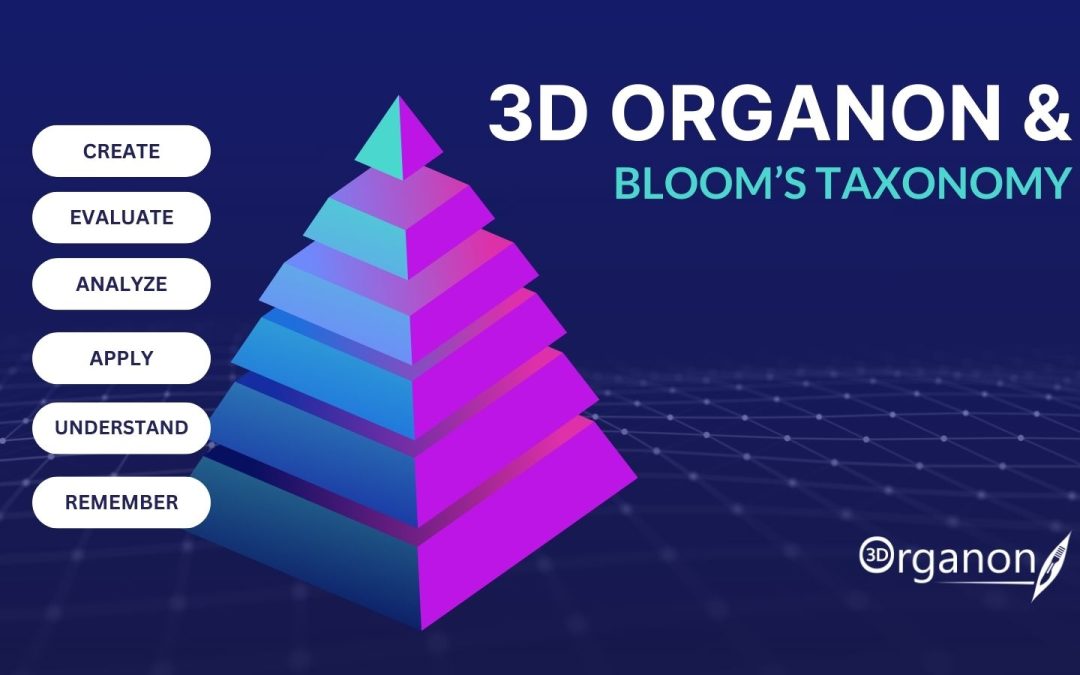3D Organon and Bloom’s Taxonomy
3D Organon elevates medical education by offering an immersive and interactive learning experience. The application aligns seamlessly with the revised version of Bloom’s Taxonomy, as updated by Anderson and Krathwohl in 2001. Through the advanced capabilities of 3D Organon, learners develop their cognitive skills across the six levels of the Taxonomy:
Remembering:
At the foundational level, 3D Organon helps learners recall and recognize fundamental anatomical knowledge and medical terminology. The ability to explore detailed 3D models from different perspectives aids in retaining factual knowledge. Learners can navigate through various systems, identifying and naming key organs, bones, and tissues, reinforcing their foundational knowledge.
Objective: Strengthen the recall of anatomical terms and basic functions.
Activity: Utilize the quiz module to test basic anatomical knowledge. The quiz focuses on definitions, matching terms with their correct locations, and identifying isolated structures.
Understanding:
Moving beyond simple recognition, 3D Organon enhances learners’ comprehension of anatomy by allowing them to manipulate 3D models, observe spatial relationships, and visualize complex structures. This interactive approach fosters a deeper understanding that surpasses what static images can provide, enabling learners to grasp the intricate functionality of anatomical systems.
Objective: Develop an understanding of the interrelationship between different systems within the human body.
Activity: Engage with human anatomy through the Ultrasound Simulator and grasp the interrelationships between different systems.
Applying:
3D Organon bridges theory and practice by allowing learners to apply their knowledge in simulated real-life scenarios. Through virtual dissections, clinical cases studies and USMLE-style quizzes, learners translate theoretical knowledge into practical skills. Tools like the Ultrasound Simulator further prepare learners for real-world medical challenges by providing hands-on experience in a controlled environment.
Objective: Apply anatomical knowledge to simulate real-life medical scenarios.
Activity: Practice using the Ultrasound Simulator to identify organs and structures through ultrasound images, reinforcing an understanding of spatial relationships and their real-world applications.
Analyzing:
The platform encourages learners to analyze anatomical structures by breaking them down into their component parts. Users can isolate individual organs or systems, examine their functions, and explore how they interact with other systems. Additionally, learners can analyze patient data through the XR Imaging module, gaining insights into real-life case scenarios and viewing DICOM images in 3D. This analytical approach is essential for understanding interdependencies within the human body and identifying pathological conditions.
Objective: Deconstruct complex medical scenarios to understand underlying principles and relationships.
Activity: Participate in complex, case-based scenarios within the Medverse. Analyze patient symptoms, medical history and diagnostic images to determine underlying conditions and decide on an appropriate course of action.
Evaluating:
3D Organon supports the evaluation process through quizzes and interactive assessments, enabling learners to gauge their understanding and identify areas for improvement. Learners can critique their performance, compare 3D anatomical models with real-life cases, and evaluate the effectiveness of their learning strategies. Furthermore, the immersive environment of Medverse fosters collaborative learning, where learners can participate in virtual classes to discuss, relate, judge and compare their knowledge and experiences with peers, enhancing their evaluative skills.
Objective: Evaluate different medical approaches and justify decisions based on evidence.
Activity: Engage in peer reviews within the Medverse, where learners evaluate each other’s decisions and approaches in simulated medical cases, justify the choice of treatments and diagnostic methods.
Creating:
At the highest level of Bloom’s Taxonomy, 3D Organon fosters creativity by enabling learners to design their own learning experiences. They can create custom 3D models through systemic and topographic anatomy features, develop new ways of visualizing anatomical relationships. This creative exploration not only consolidates their knowledge but also prepares them for innovative problem-solving in clinical practice.
Objective: Design new approaches to medical education or propose innovative solutions to medical problems.
Activity: Create new scenarios or learning modules within the Medverse. Learners can design a case study or simulate a new procedure, integrating knowledge from various medical disciplines.
In summary, 3D Organon is a powerful tool that aligns with Bloom’s Taxonomy by supporting the progression from basic knowledge recall to higher-order thinking skills. Its immersive environment makes it an invaluable resource in medical education, fostering cognitive development and practical application.
For more information, visit 3D Organon or contact us at [email protected]

